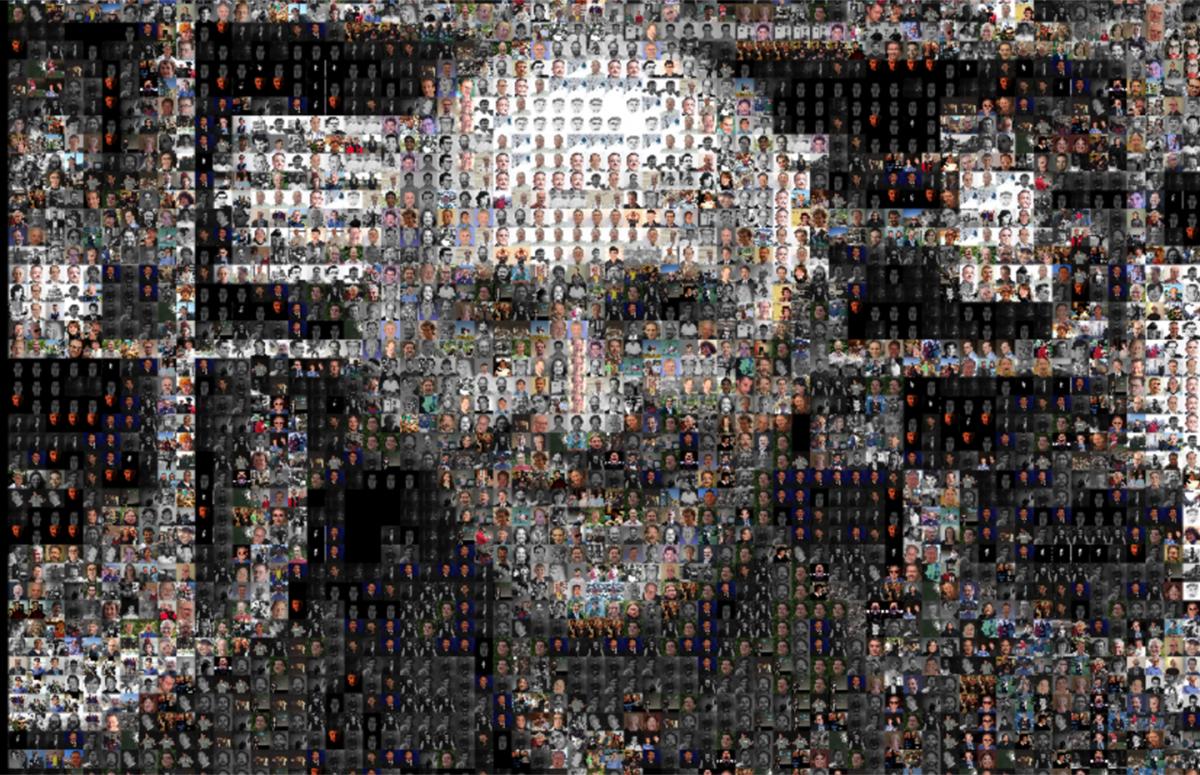This semester, Donald P. Greenberg (B.A. '58, Ph.D. '68), Jacob Gould Schurman Professor of Computer Graphics in the College of Architecture, Art, and Planning (APP), and recent recipient of the ACM SIGGRAPH 2020 Distinguished Educator Award is teaching "Visual Imagining in the Electronic Age." It is a course he has taught at Cornell nearly every year for almost four decades. And his career in computer graphics began even earlier, in the midst of radical computational innovations in the 1960s. Greenberg's influence as a teacher is evident in the work of many of his students and doctoral advisees, including CS Professor Steve Marschner and the current Dean of Computing and Information Science (CIS), Professor Kavita Bala.

Patti Witten has written a wonderful dispatch on Greenberg's return from sabbatical. In her coverage, we learn about Greenberg's formative contributions to computer science, but also to engineering and architecture:
Some of the first computer design simulations were done at Cornell in the early 1960s, but, according to Greenberg, at the time it was believed that computers would never be used to plan or design buildings.
"We were a technique in search of a problem," he says. For example, deriving methods of capturing a building’s geometry with photographs shot from multiple locations, and using them to merge new designs with existing structures.
Projected images rush forward as Greenberg describes the progression from the first available mini-computer workstations to the supercomputers of the 1980s, from the early iPhones to the Nvidia graphics cards of today, and beyond. Greenberg sees the enormous acceleration of computer power as having enabled the unexpected.
"Who would have thought that our early work on 2D cell animation with Hanna-Barbera in the 1970s would evolve to Pixar's photorealistic 3D creation of Toy Story two decades later, or the 'filming' of The Lion King in VR today," Greenberg muses. "The change in computer power will allow a new way of storytelling in VR. The 10 hours of computation for a single frame in Toy Story will have to be completed in 11 milliseconds."
Greenberg's audience is rapt. After his abridged history of computer graphics, the astonishing pace of computing power and its limits, he turns to the future. He explains a law of exponential growth based on Intel cofounder Gordon E. Moore's prediction that the number of transistors on a microchip doubles every year, while the cost of computers is halved. It is a pace that cannot continue indefinitely, and Greenberg says the industry is still driving the chip technology research but will reach economic barriers before the technology barriers.
"There is no way you can fathom what's next with that kind of exponential increase in computing power. In the next three years, as much computing power will be made as has been available in all time previously," he says, adding, "and we need to teach ethics, too, to understand how the technology is being used."
Greenberg's cross-disciplinary background and the ongoing work he does in his lab afford opportunities to understand the broader contexts and implications of computing, though he maintains that there remains much work to be done to exchange knowledge and enhance the discourse as it applies to the disciplines of architecture, engineering, and computer science.


